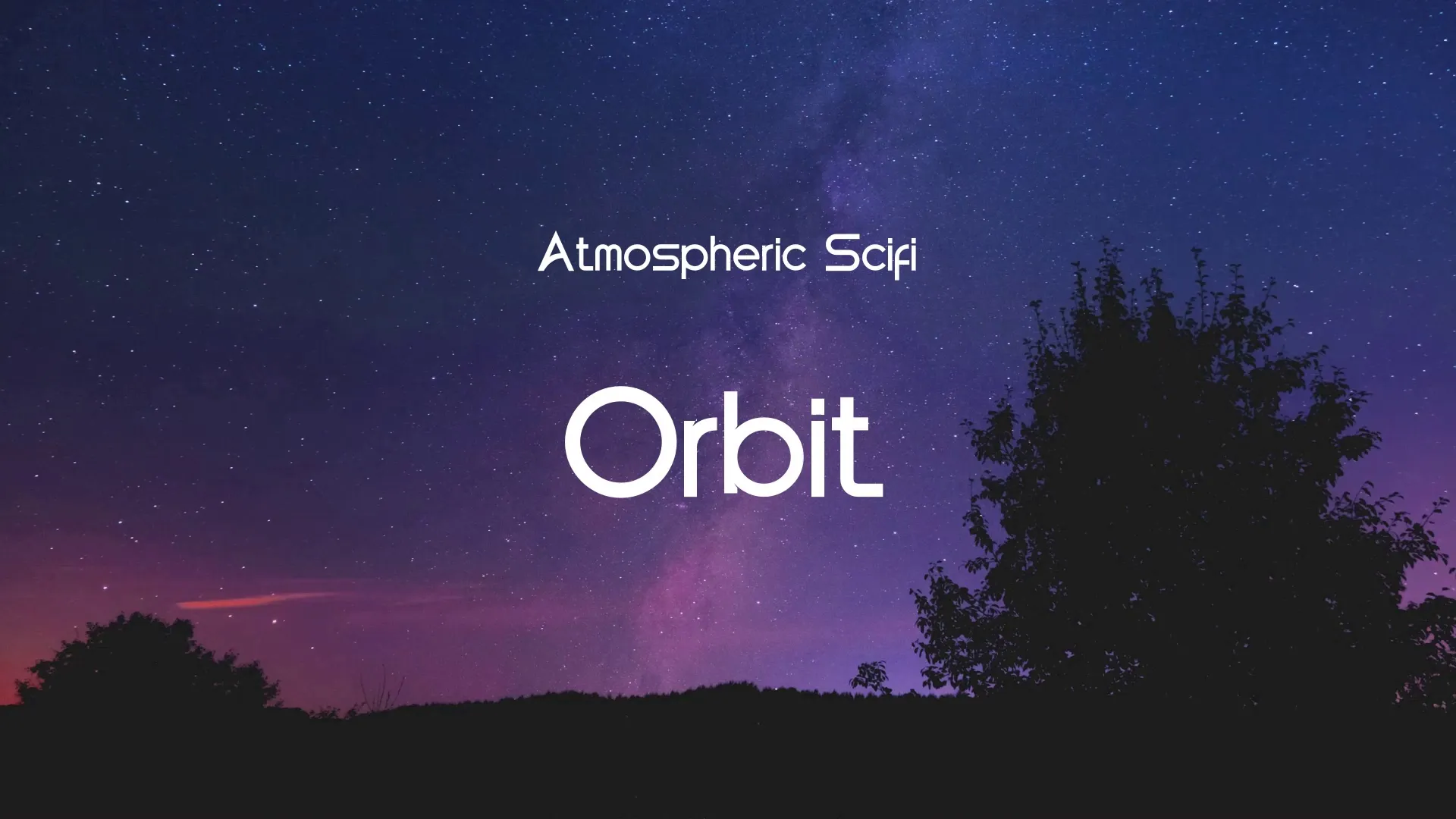Game Business Model Development: Crafting Sustainable Monetization for Indie Games
Indie game development thrives on creativity, but sustainability requires a robust business model. Crafting a viable monetization strategy is not an afterthought; it is fundamental to your game’s long-term success.
A well-defined game business model ensures you can continue developing and supporting your projects, moving beyond passion into a sustainable career.
Understanding Core Monetization Models
Choosing the right monetization model depends heavily on your game’s genre, target audience, and development resources.
Each model presents unique opportunities and challenges for indie developers.
1. Premium (Buy-to-Play)
This is the traditional model where players purchase the game once to own and play it.
It offers a clear value proposition and often leads to fewer player complaints about predatory monetization.
Pros: Predictable revenue per sale, positive player perception, simpler development without extensive in-game economic systems.
Cons: High upfront barrier for players, requires strong launch marketing, revenue can drop sharply after initial sales.
Strategy: Focus on delivering a complete, high-quality experience from day one. Consider regional pricing to maximize global reach.
2. Free-to-Play (F2P) with In-App Purchases (IAPs)
Players can download and play the game for free, with optional purchases for cosmetics, convenience, or content.
This model lowers the entry barrier, attracting a wider audience.
Pros: Massive potential audience, high revenue ceiling from a small percentage of paying players, continuous revenue generation.
Cons: Requires constant content updates, risk of ‘pay-to-win’ perception, complex economic design and balancing.
Create a free account, or log in.
Gain access to free articles, game development tools, and game assets.










.webp)



.webp)








